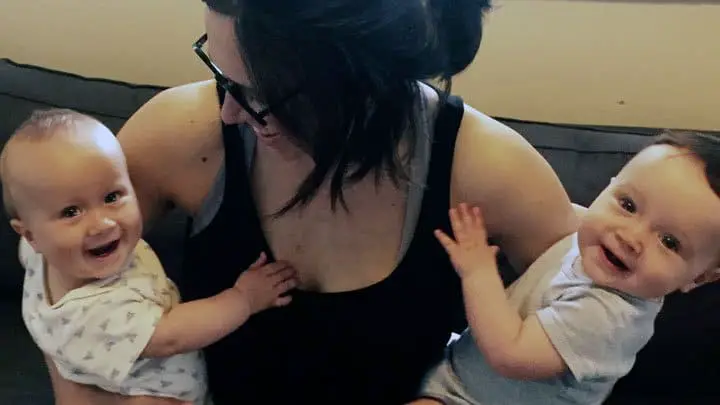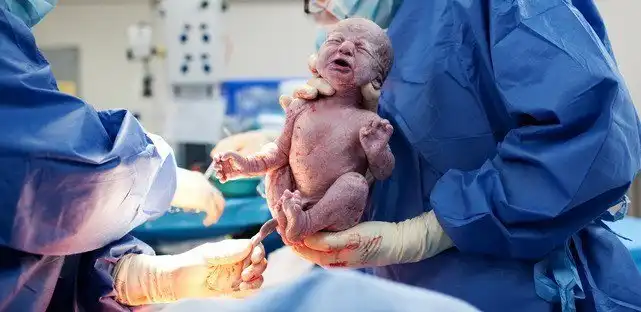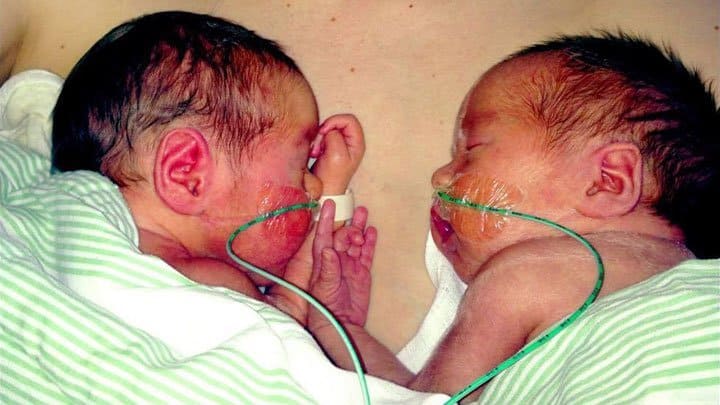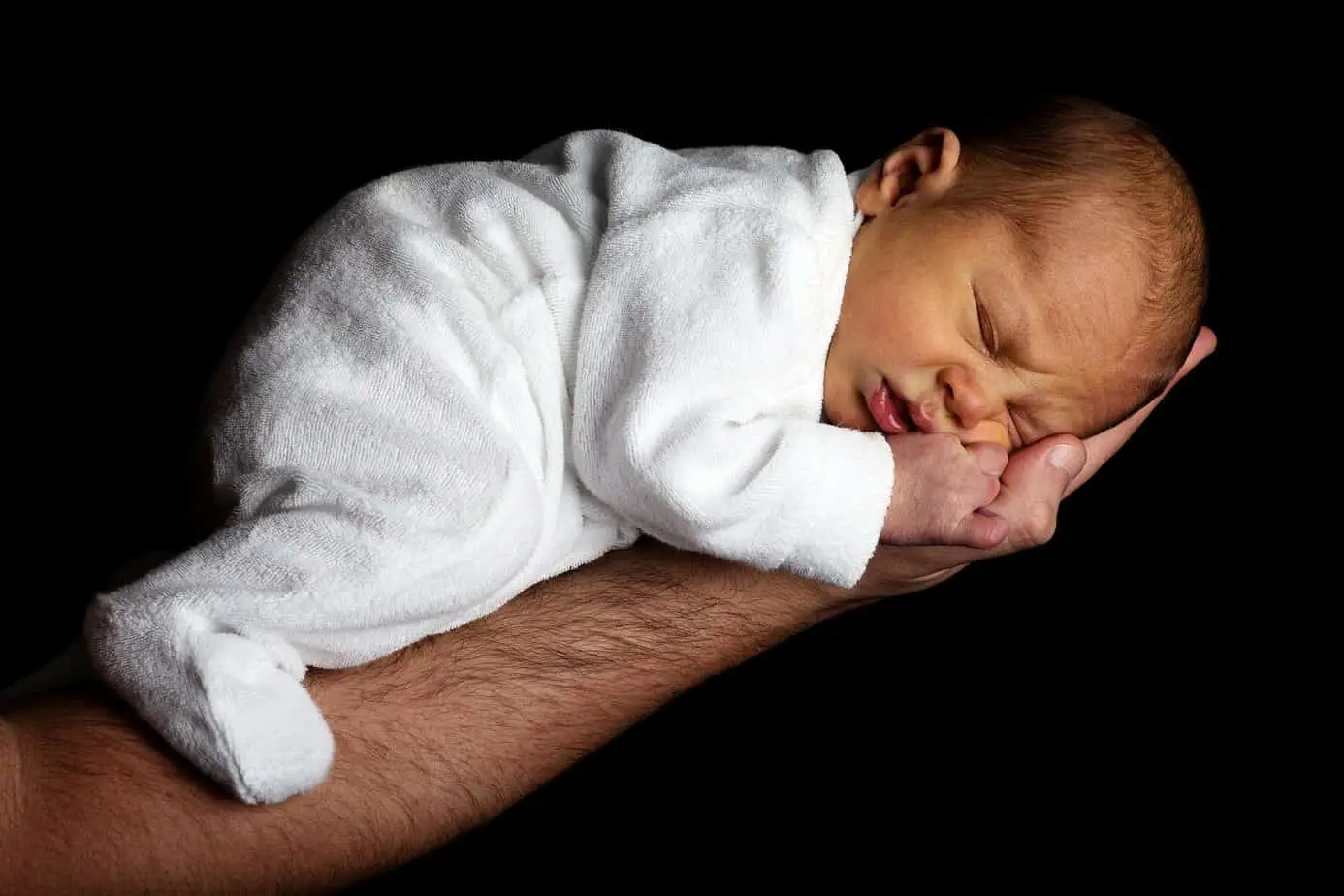C-section With Twins: Preparation & Delivery
Recommendations regarding the birth of twins are different from country to country and region to region. In some places, a c-section with twins is often recommended, whereas others encourage vaginal birth. A study from 2013, in which 105 clinics in 25 countries took part, concluded that under optimum conditions, there were no differences in terms of maternal and child morbidity between planned vaginal delivery and C-section with twins. However, it also concluded, that the requirements for safe vaginal twin births are not met in many third world countries.
In Denmark vaginal twin births are recommended, if the mother and both twins are healthy. Also, the twin closest to the cervix needs to face head down. This is explained by Ditte Toft Heskjær, a Danish midwife. She is employed in a hospital team that specializes in twin births and birth anxiety.
When is a c-section with twins necessary?
If the twin closest to the cervix is breech – buttocks or feet first – a c-section will be scheduled. This is among other things due to the fact that the babies chins might interlock during birth. Also, if the cervix is not fully dilated, there’s a risk that the mother will push out the first twins legs and body, but won’t be able to push out the head, which is the largest part of the babies autonomy. Also, if her water breaks, the umbilical cord can slip out with the risk of it being squeezed. This will cut the blood and oxygen supply, suffocating the child.
A vaginal birth is possible if the second twin is breech, as long as the mother and the second twin is doing fine, but if the second twin is lying transverse – sideways – the midwife will use the contractions during the pushing phase to try and turn the baby so it’s facing head down or breech. If she’s not successful a c-section is necessary for the second twin.
How does a c-section with twins progress?
Planned c-section
If it’s a planned c-section you’ll arrive in the morning at the maternity ward. You meet your midwife and the hospital team designated to the task. It will usually consist of doctors and nurses. You’ll get an anesthetic, often an epidural, numbing you from the waist down. This allows you to be conscious during the procedure, but a screen will be put up so you are unable to see the operation. You’ll get an incision across the bikini line in your abdominal wall then through to the uterus. A catheter and an IV drip will be inserted. The first twin will be lifted out and wiped off. If the baby is doing fine, he or she will be handed over to your partner. The second child will be lifted out, wiped off and be given to you. Then the placenta(s) will be lifted out. You’ll be stitched together and moved to a resting area. A c-section with twins takes about 1 hour.
Emergency c-section
A c-section may be necessary, even though you’ve started to give birth vaginally. This will be necessary if there are complications, for instance if you or one of the twins aren’t doing well or if you lose more blood than normal during a vaginal birth. It can also happen if the second baby moves to a position that’s not optimal for vaginal birth. If an epidural is in place, you may be able to remain awake for the birth of your twins. In the case of an emergency c-section, a general anesthesia will be given which knocks you out for the entire operation. Afterwards, you’ll be moved to a recovery room. If the babies are doing fine they will be with you or your partner. If not hospital staff will take care of them.
What can I do to prepare for a c-section with twins?
Talk to the hospital staff and your partner about your expectations and thoughts regarding the birth of your twins. You need to be prepared that even though you may want to deliver your children vaginally, a c-section with twins may be necessary. Most countries offer a meeting prior to the c-section, where they’ll give you a lot of facts about what’ll happen and when you’re expected to fast etc. Let the hospital staff know that you’d like to hold your children as soon as possible after you’ve given birth, if this is how you feel. Skin-to-skin contact with your newborn’s is important in order to release oxytocin. Oxytocin stimulates the uterus to produce contractions during labour. It’s also critical for your milk let-down reflex enabling you to nurse. The hormone also has the effect that we become calmer, blood pressure and heart rate is lowered, the amount of stress hormones decreases, and we experience less anxiety. It also strengthens the ability to form emotional ties to our children.
Also, women in some countries are offered a post-birth conversation to talk about the birth-experience with the hospital staff who participated in the birth. This gives you the opportunity to ask questions and talk the process through. The hospital staff will in return get feedback on how you experienced the birth and their effort.














